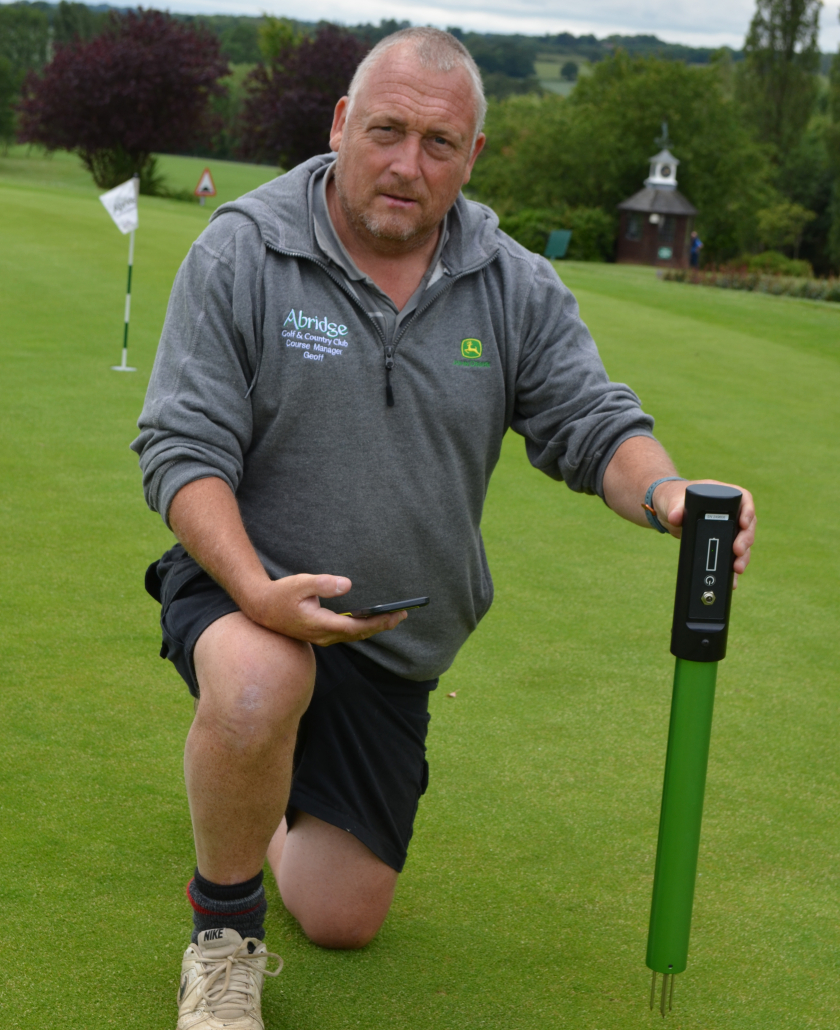MM the key to course improvements
MM the key to course improvements: Visitors to the Limagrain UK stand (162), located in the Blue Zone at BTME 2020, can expect a range of market leading products that can significantly improve both the quality and aesthetics of a golf course.
For 2020 there will be two new exciting MM mixtures which will offer turf managers new grass seed solutions for golf and general sports turf.

As the demand and pressure placed on the modern-day greenkeeper to produce a consistent playing surface continually grows, seed quality, purity and vigour are the essential ingredients for a first-class golf course and Limagrain’s MM range of seed mixture provides exactly these.
For over 30 years, greenkeepers and course managers have been enjoying the benefits by choosing the MM brand and the high-quality varieties used in MM mixtures. All varieties are thoroughly tested at the Sports Turf Research Institute (STRI) – ensuring that the finished product will meet your requirements for play, appearance and maintenance.
For golf greens MM9 – a three-way Browntop bent mixture continues to be a leading mixture for renovations and species exchange. For links style courses and sustainable golf, MM8 offers a great option – a three-way fescue mix with excellent disease resistance, drought tolerance and minimal fertiliser requirements gives course managers a fine, dense sward. MM8 contains varieties such as Nikky and Aporina which have proved to be successful in coastal conditions.
If you are looking for a mixture ideal for tees and fairways, then the 100% ryegrass MM50 should be considered. It is capable of rapid establishment and fast recovery from divot scarring plus high wear tolerance and has extremely fine appearance
For links style golf where damage and wear are lower, MM12 or MM13, are both well suited to this challenging environment as they are drought tolerant and have low maintenance requirements.
Visitors to the stand can also find out how Limagrain’s Wildflower and Colour Splash mixtures have been benefiting countless golf courses throughout the UK and beyond. The mixtures are ideal for those wanting to bring a splash of colour to their golf course as well as attracting some fantastic wildlife.
With a wide range of mixtures available, both the Wildflower and Colour Splash mixtures are extremely easy to sow and the resulting flowers are vigorous plants which are more than capable of competing with weeds. Their vigour is equally matched by robustness; resisting long periods of drought. They are also fast flowering and cost effective.
Limagrain’s amenity seed specialists will all be on hand at BTME to discuss the products in more detail and will also be available to offer their expertise on any queries you may have.
For further information, please contact Limagrain UK on 01472 371471 or visit the company’s website www.lgseeds.co.uk/amenity – you can also follow the company on Twitter: @MM_Seed
For the latest industry news visit turfmatters.co.uk/news
Get all of the big headlines, pictures, opinions and videos on stories that matter to you.
Follow us on Twitter and Instagram for fun, fresh and engaging content.
You can also find us on Facebook for more of your must-see news, features, videos and pictures from Turf Matters.



















